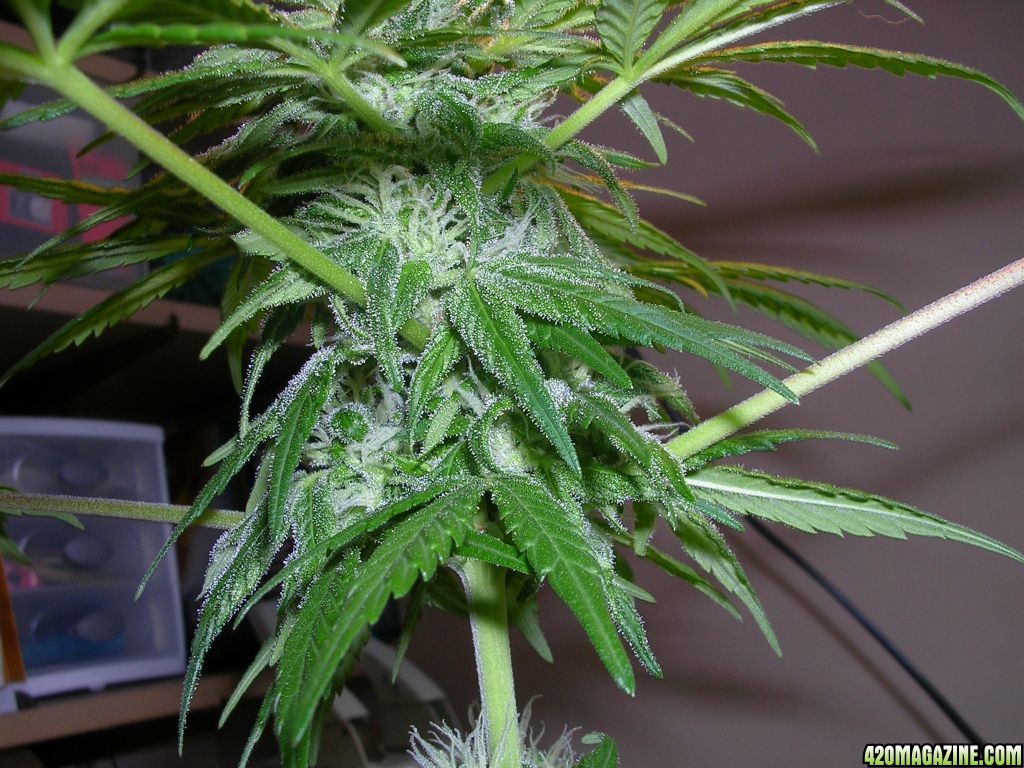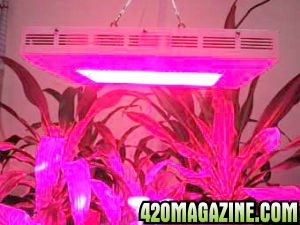Then again if a grower is producing more than 28 ounces per harvest, a few (or even many) thousand(s of) dollars might just be considered a reasonable expense. What's the going rate of "donation" for a good ounce in a Cali dispensary, lol?
It's all relative, I guess.
between 250-380 dispensary charges, they mark up quite a bit normally.
What does anyone think about that 600W led in my previous post, only $700. I noticed they use mostly 620nm LED, although its it 5 spectrum. Anyone guess any reason for that ?








 to all who take the time to sign up to this community and contribute their thoughts, time, money, and effort. This goes doubly for the unpaid staff that tirelessly make this such a wonderful place to be.
to all who take the time to sign up to this community and contribute their thoughts, time, money, and effort. This goes doubly for the unpaid staff that tirelessly make this such a wonderful place to be.